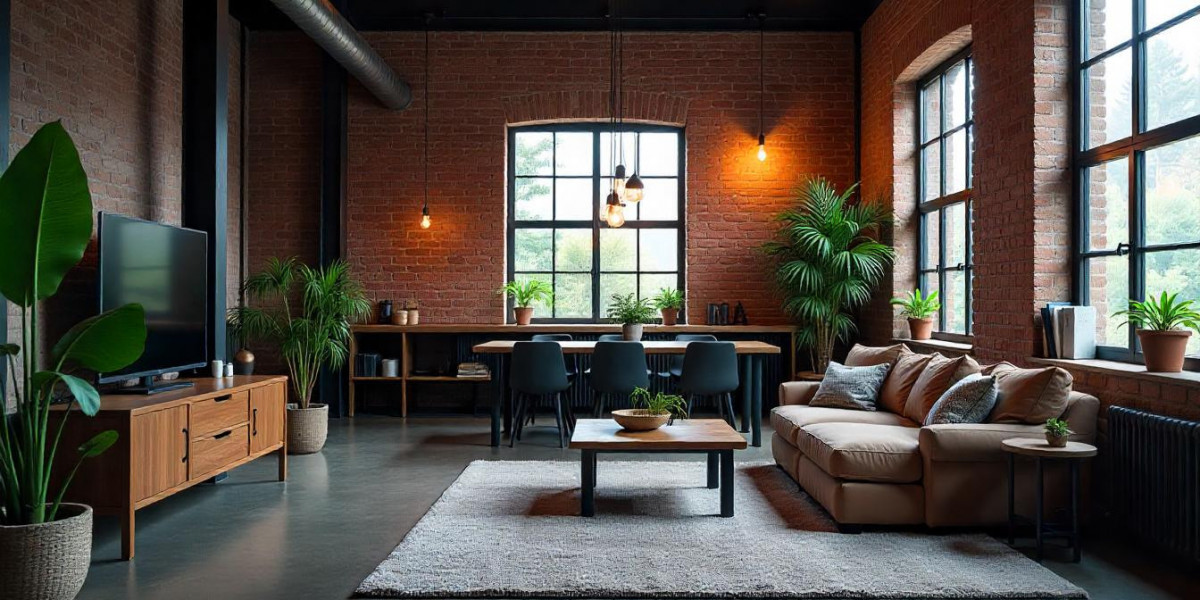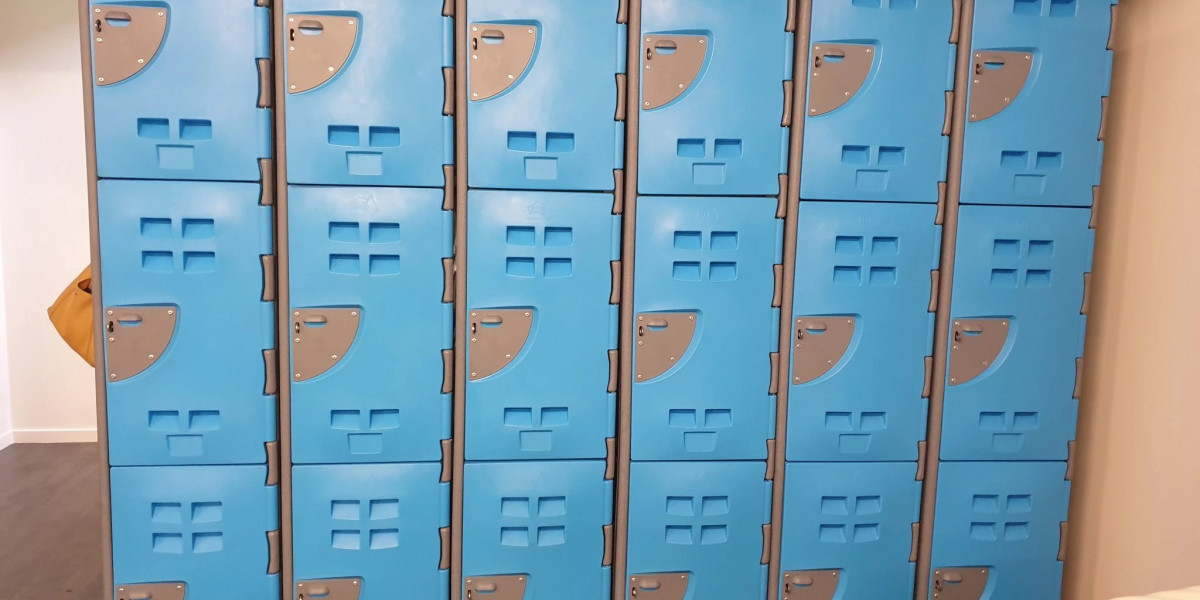Industrial interior design has evolved from the functional aesthetics of factories and warehouses into a sophisticated style that is both edgy and stylish. Known for its use of raw materials, open spaces, and minimalist decor, this style combines vintage charm with modern sophistication. Whether you're transforming a loft, studio apartment, or office space, industrial interior design offers a unique way to turn an ordinary room into a statement of modernity and functionality.
In this comprehensive guide, we will explore the key elements that define industrial design, its rich history, and how you can incorporate these elements into your own space to create an environment that is both stylish and functional.
What Is Industrial Interior Design?
Industrial interior design is inspired by the architecture of industrial spaces like factories, warehouses, and even old lofts. It features raw, unfinished materials such as exposed brick, concrete floors, steel beams, and large windows. The style is characterized by its open, airy layout, where the space is more about function than form, yet still beautifully designed.
Unlike traditional interior design, which often hides elements like pipes and beams behind walls, industrial design celebrates these features, using them as a core part of the aesthetic. The result is a sleek, minimalist, and sometimes even gritty design that speaks to the beauty of utilitarian spaces.
Key Characteristics of Industrial Interior Design
1. Exposed Brick Walls
Exposed brick is one of the defining features of industrial interior design. The natural texture and color of brick add warmth and depth to any space, making it an ideal choice for walls or accent areas. Whether it's an entire wall or a small section, exposed brick gives the space a rustic yet modern vibe.
2. Raw Materials
Industrial interiors showcase raw materials such as steel, concrete, wood, and glass. These materials are often left in their natural state, with imperfections and aging enhancing the design. The use of steel beams, metal-framed furniture, and reclaimed wood adds character to the space while maintaining a clean and functional aesthetic.
3. Open Floor Plans
One of the most distinguishing features of industrial design is its focus on open, spacious layouts. Large windows, high ceilings, and minimal interior walls are common in industrial spaces. This openness allows natural light to flood the room, giving it an airy, bright feel despite the heavy use of raw materials.
4. Neutral Color Palette
Industrial design embraces a neutral color palette dominated by shades of gray, black, white, and brown. These colors not only complement the materials used in the design but also create a balanced, harmonious space. However, pops of color through accessories, textiles, or artwork can add vibrancy without overwhelming the space.
5. Minimalist Furniture
In industrial design, furniture tends to be functional and simple. Metal tables, leather sofas, and wooden chairs are staples of this style. The furniture pieces are often sleek and minimal, focusing on utility over ornate design. The goal is to maintain a clean, open space that doesn’t overwhelm the room.
6. Vintage Accents
Industrial style often incorporates vintage or retro items that add personality to the space. Items like antique clocks, old signs, vintage light fixtures, and repurposed industrial tools can serve as statement pieces. These accents help create a story within the space, adding depth and interest.
How to Incorporate Industrial Interior Design into Your Space
1. Start with the Walls
If you want to achieve an industrial look, start by exposing your brick walls if possible. Alternatively, faux brick wallpaper or concrete wall panels can provide a similar effect. If brick isn't an option, you can achieve the industrial feel with neutral-colored paint like slate gray or charcoal.
2. Embrace Open Shelving
Industrial spaces often feature open shelving units made of metal or reclaimed wood. These shelves not only provide storage but also create visual interest. You can display books, vintage items, or decorative pieces that complement the industrial theme.
3. Use Metal and Wood
Incorporating metal and wood into your furniture is essential for achieving an industrial vibe. Metal-framed chairs, industrial desks, and wooden coffee tables are perfect for this style. The mix of wood’s warmth and metal’s coolness creates a balanced and stylish look.
4. Lighting is Key
Industrial design relies heavily on lighting to create mood and highlight architectural features. Think of oversized pendant lights, exposed Edison bulbs, and track lighting. These lighting fixtures not only provide ample illumination but also serve as striking design elements that complement the industrial style.
5. Add Greenery
To soften the rough and hard edges of industrial design, incorporating plants is a great way to add life and color to the space. Indoor plants in simple, minimalistic pots provide a fresh contrast against the industrial elements. Succulents, ferns, or larger plants like rubber trees are common choices.
6. Use Textiles to Soften the Look
While industrial design is known for its raw materials, soft textiles can help balance the aesthetic. Add comfort with plush throw pillows, cozy rugs, and blankets in neutral colors. These textiles will make the space feel more inviting without detracting from the industrial vibe.
Popular Spaces for Industrial Interior Design
1. Living Rooms
Industrial-style living rooms often feature a mix of vintage and modern furniture. A large leather sofa, metal coffee table, and open shelving work together to create a warm, functional space. The key to making this design work in a living room is maintaining the balance between comfort and industrial elements.
2. Kitchens
Industrial kitchens are all about functionality and durability. Stainless steel appliances, concrete countertops, and metal shelving give the kitchen a clean, modern look. Exposed pipes and ductwork also add to the industrial feel. To further emphasize the style, choose industrial-inspired lighting and minimalistic storage solutions.
3. Dining Rooms
Industrial dining rooms often feature reclaimed wood tables, metal chairs, and pendant lighting overhead. This combination creates an inviting yet stylish atmosphere perfect for both formal and casual meals. For a more modern twist, pair the wood with glass or polished metal accents.
Dining Room Interior Design in Bangladesh offers expert design advice on how to seamlessly integrate industrial elements into your dining room, with tailored solutions for different spaces.
4. Bathrooms
Industrial bathrooms often feature concrete flooring, exposed piping, and metal fixtures. A freestanding bathtub, metal-framed mirrors, and simple storage solutions help maintain the minimalist vibe. The result is a modern, stylish bathroom that feels both luxurious and functional.
Why Choose Industrial Interior Design?
1. Timeless Appeal
Industrial design has a timeless quality because of its focus on raw materials and minimalist design. Unlike trendy styles, it doesn’t go out of fashion quickly, making it a good investment for long-term style.
2. Sustainability
Many industrial design elements, such as reclaimed wood, recycled metal, and repurposed furniture, are eco-friendly. By opting for these materials, you’re making a sustainable choice that helps reduce waste and supports environmentally conscious design.
3. Flexibility
Industrial design is versatile and works well in a variety of spaces. Whether you're renovating a large loft or a small apartment, the industrial style can adapt to your needs. The design’s raw materials and minimalist approach allow for customization, enabling you to add personal touches to your space.
4. Functional Aesthetics
Industrial design prioritizes function, making it an ideal choice for people who value practicality in their interiors. Furniture and decor pieces serve a purpose beyond just looking good, and the open, airy layouts allow for easy movement and efficient use of space.
Conclusion
Industrial interior design is a powerful style that combines raw materials, open spaces, and minimalist furniture to create a sleek, functional environment. Whether you're designing a living room, kitchen, dining room, or bathroom, this style offers endless possibilities for transforming your space into something unique and modern.
By incorporating elements like exposed brick, metal accents, and vintage touches, you can achieve the perfect industrial look. If you're interested in designing your dining room or any other space, Dining Room Interior Design in Bangladesh is here to help. Our expert team can guide you through the process and help bring your vision to life.









